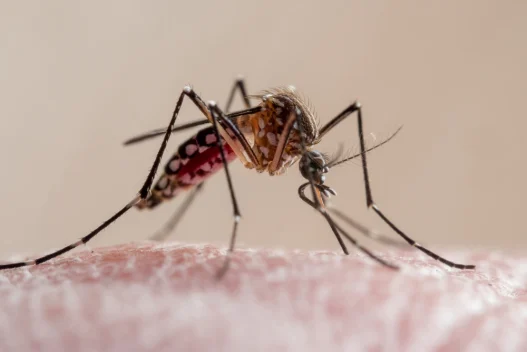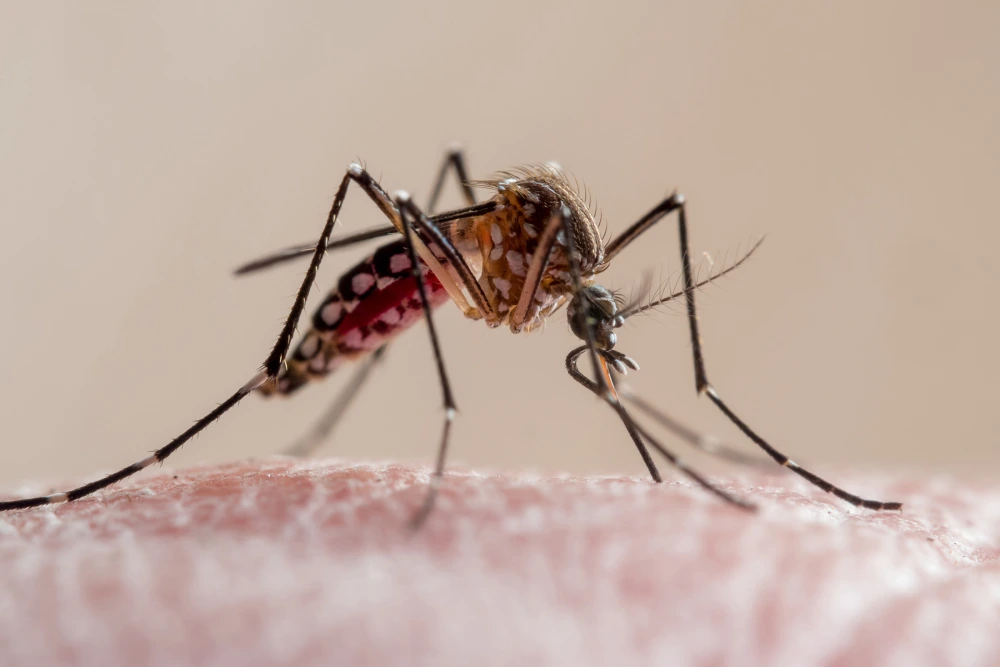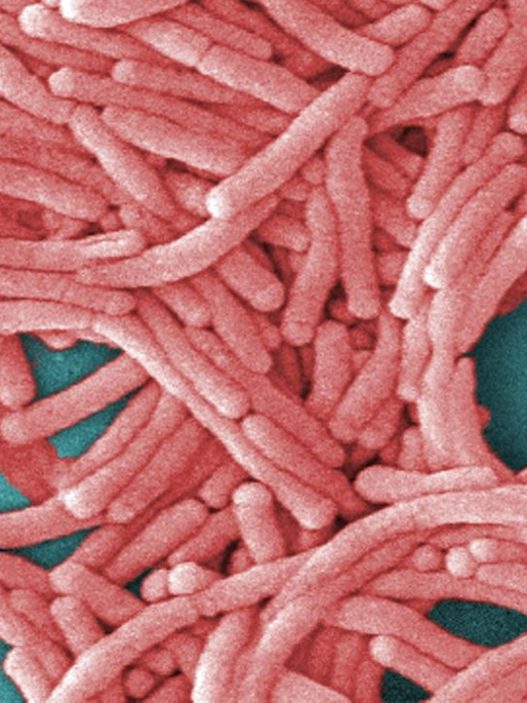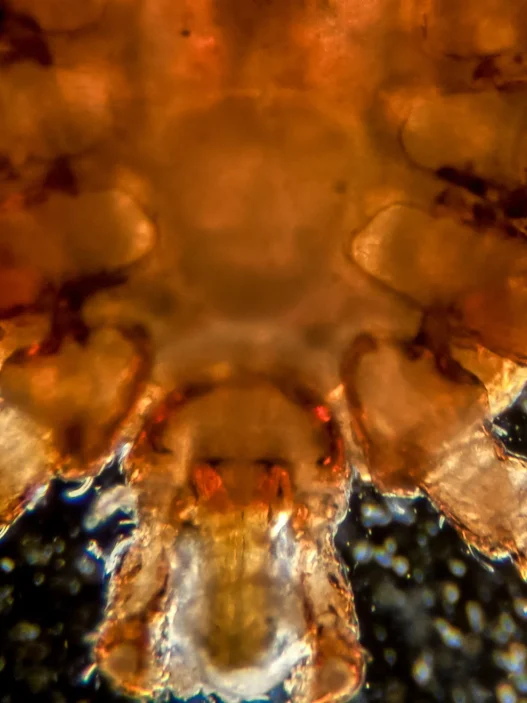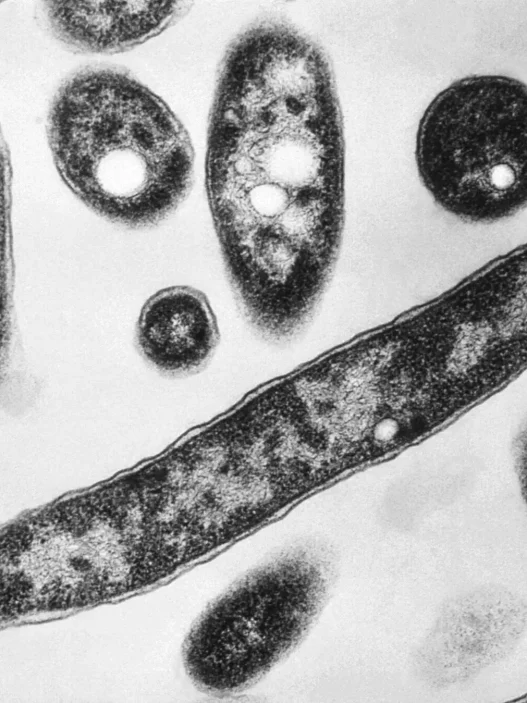A rapidly growing chikungunya virus outbreak in Guangdong Province, China, particularly in Foshan city, has confirmed over 7,000 cases since July 2025. The U.S. Centers for Disease Control and Prevention (CDC) has issued a Level 2 travel advisory, advising Americans to take enhanced precautions when visiting affected areas. Though no locally acquired cases have been reported in the U.S. this year, global transmission has reached over 240,000 cases and 90 deaths across 16 countries. Keywords like “chikungunya virus”, “chikungunya”, and “usa” are trending rapidly.
What Is Chikungunya and How Is It Transmitted
Chikungunya is a mosquito-borne viral infection caused by the chikungunya virus, most commonly transmitted by Aedes aegypti and Aedes albopictus mosquitoes. Symptoms include sudden high fever, severe joint pain, headache, rash, and muscle aches. While most cases resolve within a week, some individuals experience lingering joint pain for months. Deaths are rare, estimated at about one in a thousand.
Outbreak in China: Scope and Response Measures
Guangdong’s outbreak emerged in July 2025, with Foshan reporting the bulk of cases. Chinese authorities have deployed aggressive control strategies including mosquito nets for patients, drone inspections, larva-eating fish release, and “elephant mosquitoes” to consume vector larvae. COVID-style public health measures such as mask mandates and penalties for improperly maintained premises have also been reintroduced.
What This Means for U.S. Travelers and Public Health
The CDC’s travel advisory urges travelers to wear protective clothing, use repellent, and stay in screened or air-conditioned spaces. Two chikungunya vaccines—Ixchiq and Vimkunya—are approved in the U.S. and EU, though use in individuals over 60 has been paused due to safety concerns. While no locally transmitted cases have been reported in the United States in 2025, cases have previously occurred in Florida and Texas in earlier years.
Frequently Asked Questions
- Can chikungunya occur in the U.S.?
No locally acquired cases have occurred in 2025, although past outbreaks were documented in Florida and Texas. - What are the symptoms to watch for?
High fever, joint pain, rash, headache, fatigue, and muscle aches typically begin 2–14 days post-mosquito bite. - Is there a treatment or vaccine?
No specific antiviral exists. Treatment is supportive. Two vaccines exist—but use among seniors is paused pending safety reviews. - How long does joint pain last?
Most resolve within a week, but joint pain can persist for months or longer in some people. - Should I delay travel to China?
Travelers to Foshan and surrounding regions should practice enhanced precautions or reconsider non-essential travel.
Global cases of chikungunya have spiked this year, with major outbreaks in Asia and the Americas. While the U.S. remains relatively safe at present, travelers and health officials must stay vigilant to protect against potential spread via global mobility.
Subscribe for updates on disease surveillance, vaccine news, and traveler health recommendations.









